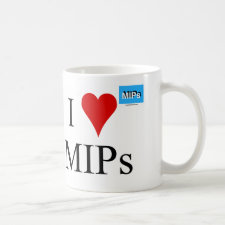
Authors: Zhong SA, Yuan ZL, Qiao R, Li W
Article Title: Preparation and adsorption behaviors of Cu(II) ion-imprinted polymers.
Publication date: 2008
Journal: Journal of Chongqing University (English Edition)
Volume: 7
Issue: (1)
Page numbers: 23-27.
Alternative URL: http://qks.cqu.edu.cn/cqdxywen/ch/reader/view_abstract.aspx?file_no=20080104&flag=1
Abstract: Imprinted polymers were prepared for selective removal of Cu(II) ions from metal solutions. Three ion-imprinted polymers were synthesized with methacrylic acid (MAA), acrylamide (AA) and N,N'-methylenebisacrylamide (MBAA) respectively as the functional monomers, ethleneglycoldimethacrylate (EGDMA) as the cross-linking agent, 2,2'-azobisisobutyronitrile (AIBN) as the initiator and Cu (II) ion as the imprint ion. The template Cu (II) ion was removed from the polymer by leaching with a liquid of a 1:1 volumetric ratio of HCl to ethylenediaminetetraacetic acid (EDTA). The capacity and selectivity of Cu(II) ion adsorption were investigated with the three imprinted polymers and their non-imprinted counterparts. The polymers have a maximum adsorption capacity at pH 7.0. The isotherm of their batch adsorption of Cu(II) ions shows a Langmuir adsorption pattern. Imprinted polymers all have a much higher capacity and higher selectivity of Cu(II) adsorption than non-imprinted ones. MAA polymer benefits the most from imprinting. Imprinted MAA polymer has the highest selectivity when used to rebind Cu (II) ion from an aqueous solution in the presence of other metal ions. Ion imprinting can be a promising technique of preparing selective adsorbents to separate and preconcentrate metal in a medium of multiple competitive metal ions through solid phase extraction (SPE).
Template and target information: copper ion, Cu(II)



Join the Society for Molecular Imprinting

New items RSS feed
Sign-up for e-mail updates:
Choose between receiving an occasional newsletter or more frequent e-mail alerts.
Click here to go to the sign-up page.
Is your name elemental or peptidic? Enter your name and find out by clicking either of the buttons below!
Other products you may like:
 MIPdatabase
MIPdatabase









